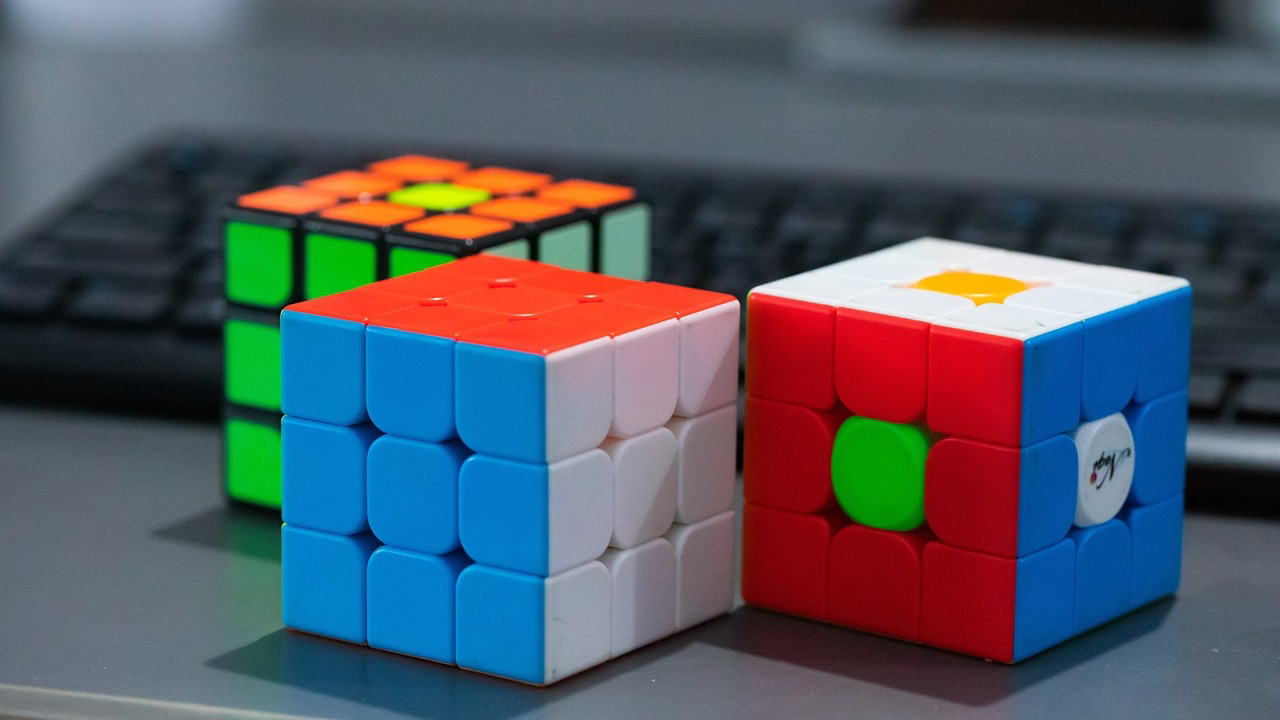Certainly! In addition to Python, other programming languages and technologies play a role in building the complete ChatGPT system:
1. **JavaScript**: JavaScript is often used for building web interfaces and interactive elements, making it an essential part of the frontend development for the ChatGPT app or website.
2. **HTML/CSS**: HTML is used to structure the content and layout of web pages, while CSS is used to style and design the appearance of those pages. These are crucial for creating a user-friendly interface.
3. **Node.js**: Node.js is a JavaScript runtime that allows developers to run JavaScript on the server-side. It can be used to build backend services that handle various tasks, such as processing user requests and managing the application's logic.
4. **Docker**: Docker is used to create, deploy, and run applications in containers, which are isolated environments that package an application and its dependencies. This helps in ensuring consistency and reproducibility across different environments.
5. **SQL and NoSQL Databases**: Depending on the architecture, databases might be used to store user data, conversations, or other relevant information. SQL (e.g., MySQL, PostgreSQL) and NoSQL (e.g., MongoDB, Redis) databases might be employed for various data storage needs.
6. **TensorFlow or PyTorch**: These deep learning frameworks are used to train and fine-tune models like GPT-3.5. They provide the tools necessary for building and training neural networks.
7. **AWS, GCP, or Azure**: Cloud services like Amazon Web Services (AWS), Google Cloud Platform (GCP), or Microsoft Azure could be used to host the infrastructure, manage resources, and ensure scalability and availability.
8. **Kubernetes**: Kubernetes is used for container orchestration, making it easier to manage and scale the deployment of containers across various servers.
9. **RESTful APIs**: APIs are used to facilitate communication between different components of the system. RESTful APIs are a common choice for building these communication channels.
10. **Git**: Git is a version control system that helps developers collaborate on code, track changes, and manage different versions of the software.
Remember, the specific languages and technologies used might vary depending on the architecture, team preferences, and the goals of the project.
11. **Ruby**: Ruby might be used for certain scripting tasks or backend components due to its ease of use and expressiveness.
12. **Java**: Java could be utilized for building robust backend services, handling heavy processing tasks, or integrating with enterprise systems.
13. **Go (Golang)**: Go is known for its efficiency and performance, making it a good choice for building high-performance components of the system.
14. **Rust**: Rust could be used for systems programming where performance and memory safety are crucial, such as in certain low-level parts of the infrastructure.
15. **GraphQL**: Instead of traditional RESTful APIs, GraphQL might be used for more flexible and efficient querying of data, enabling clients to request specific information.
16. **WebSockets**: WebSockets enable real-time communication between the client and the server, which is important for maintaining interactive and dynamic chat interfaces.
17. **RabbitMQ or Kafka**: Message brokers like RabbitMQ or Kafka might be used to manage communication between different services or components of the system.
18. **Elasticsearch**: Elasticsearch could be used for indexing and searching through large amounts of textual data, aiding in efficient retrieval of information.
19. **Nginx or Apache**: These web servers could be used to handle incoming requests, perform load balancing, and serve static content efficiently.
20. **GraphQL**: GraphQL could be used for designing and serving APIs that allow clients to request specific data, improving efficiency and reducing over-fetching of information.
21. **Prometheus and Grafana**: These tools might be used for monitoring and visualizing the system's performance, resource usage, and other metrics.
22. **OAuth or JWT**: These authentication and authorization protocols could be used to secure user access and manage permissions.
23. **Continuous Integration/Continuous Deployment (CI/CD) Tools**: Tools like Jenkins, CircleCI, or Travis CI might be used to automate the build, testing, and deployment of the application.
24. **Swagger/OpenAPI**: These tools could be used for documenting and designing APIs, making it easier for developers to understand and use them.
Remember, the technology stack for a project like ChatGPT is complex and multifaceted, and the specific choices can vary depending on factors like project goals, team expertise, and scalability requirements.
25. **GraphQL Subscriptions**: These allow real-time updates to be pushed from the server to the client, enhancing the interactivity of the chat interface.
26. **Machine Learning Frameworks (Scikit-learn)**: For specific machine learning tasks, frameworks like Scikit-learn might be used alongside deep learning frameworks to handle tasks such as data preprocessing and feature engineering.
27. **Natural Language Processing Libraries (NLTK, spaCy)**: These libraries could be used for text processing, language analysis, and entity recognition, which are important for understanding and generating human-like responses.
28. **MapReduce (Hadoop, Spark)**: For large-scale data processing and analysis, MapReduce frameworks might be used to efficiently distribute tasks across clusters of machines.
29. **WebSocket Libraries (Socket.IO)**: These libraries simplify the implementation of real-time communication between clients and servers using WebSockets.
30. **Caching Mechanisms (Memcached, Redis)**: Caching solutions like Memcached or Redis could be employed to store frequently accessed data and reduce the load on databases.
31. **Container Orchestration (Docker Swarm)**: In addition to Kubernetes, Docker Swarm could be used to manage and scale containers while simplifying deployment.
32. **Serverless Frameworks (AWS Lambda, Google Cloud Functions)**: Serverless architectures could be used for specific components to ensure efficient resource utilization and scaling.
33. **Microservices Architecture**: The system could be built using a microservices architecture, where different components are developed and deployed independently, enabling easier maintenance and scaling.
34. **Machine Learning Ops (MLOps) Tools**: Tools like Kubeflow or MLflow could be used to streamline the deployment and management of machine learning models.
35. **Service Mesh (Istio, Linkerd)**: For managing communication between microservices, a service mesh could be used to enhance observability, security, and control.
36. **Content Delivery Networks (CDNs)**: CDNs might be employed to distribute and cache static assets, ensuring faster content delivery to users across different regions.
37. **Version Control (GitLab, Bitbucket)**: Alongside Git, platforms like GitLab and Bitbucket provide collaboration tools, code hosting, and CI/CD pipelines.
38. **Data Serialization (JSON, Protocol Buffers)**: These formats are used to encode and transmit data efficiently between different parts of the system.
Keep in mind that the actual stack can vary based on project requirements, available resources, and the latest advancements in technology. The combination of these languages and technologies contributes to the robustness, scalability, and functionality of ChatGPT and similar complex systems.






























